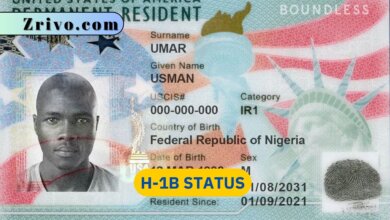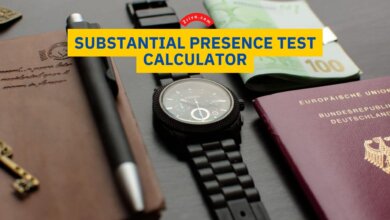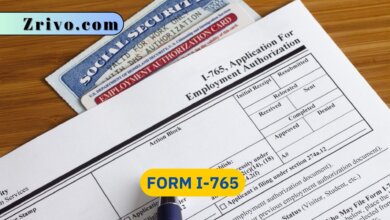Dates of Residency
It's important to learn the residency dates, whether you are new to the United States or have been here for a long time. It will help you calculate the 183 days you have spent in the country and help you keep track of your tax residency.
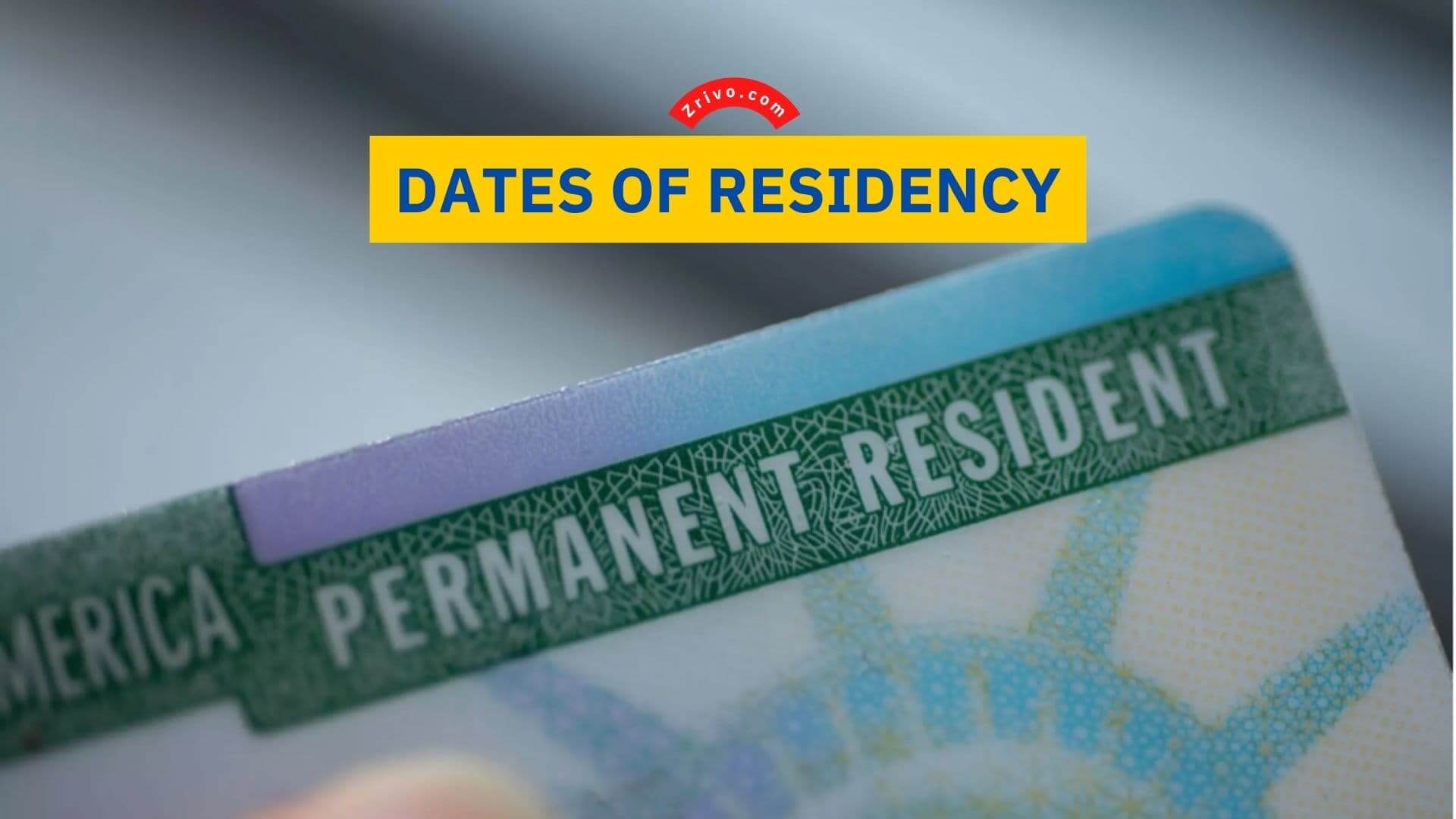
Contents
During the tax year, an individual must have been a resident of the United States for income tax purposes. An individual is considered to be a resident of the United States if they are physically present in the United States for a continuous period of thirty-one days or more. An individual may also satisfy the substantial presence test if they are present in the United States for more than a thirty-one-day period during the tax year.
An individual who qualifies as a lawful permanent resident can apply for naturalization. During the naturalization process, the individual gains rights and benefits, including the right to vote.
In order to qualify for naturalization, an individual must be present in the United States for a continuous year and show that they have a tax home in the U.S. While it is possible to become a lawful permanent resident without ever being a citizen, an individual should seek the naturalization process as soon as they can.
An individual must file Form 1040 to be a United States resident for income tax purposes. The tax return must be filed by the due date of the tax return. However, an individual who does not meet the substantial presence or green card tests is not required to file a tax return in the year.
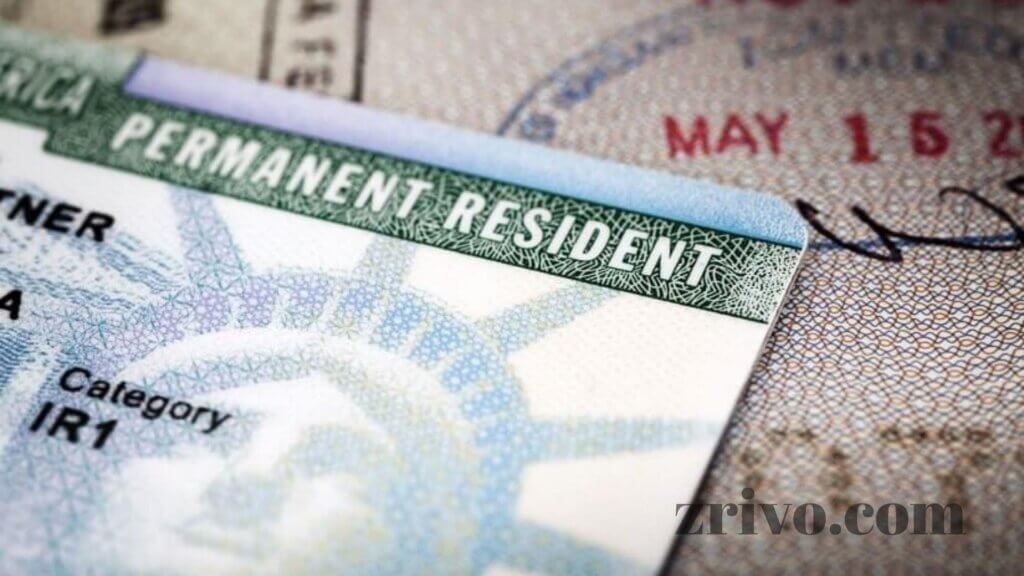
How Do I Determine My Tax Residency
Whether you are a resident or non-resident, determining your tax residency is a critical step in filing your taxes. In general, the longer you stay in the U.S., the more likely you are to be classified as a resident. However, there are exceptions to this rule.
For example, there are several states that allow military personnel to claim resident status if they are in active service. In addition, a number of states have exceptions for individuals who receive medical treatment for an extended period of time.
Some states require that you have a permanent residence in the state to qualify for resident status. Others allow a person to be considered a statutory resident if they spend at least half the year in the state. Generally, most states define a domicile as a home that you are residing in for a permanent purpose.
Many Americans move for a variety of reasons. For example, a person may relocate to a warmer climate after retiring or move for a job in another state. If you are moving to a new state, it is important to know your tax residency. It can help you avoid unnecessary tax bills and confusion about your tax filing requirements.
Two Tests To Determine Tax Residency
There are two tests that the IRS uses to determine your tax residency. First, there is the “Green Card” Test. If you have a legal permanent resident status, you are a resident for tax purposes. You can learn more about this test by visiting the IRS website.
The second test is the “substantial presence test.” This test requires that you have been physically present in the United States for at least 31 days in the current tax year. You can disregard days from more than one tax period, but you cannot do this for consecutive days.
Residency Starting and Ending Dates
The first thirty-one days of an individual’s continuous presence in the United States count as his or her residency starting date. If an individual is present in the United States for more than one period, he or she must satisfy the substantial presence requirement for each period.
An individual’s residency ending date is the last day of the calendar year that the individual leaves the United States. There are exceptions for individuals who qualify as residents in the preceding calendar year or who leave the United States earlier than December 31 in the alien’s last calendar year in the United States.

